Businesses need to be constantly evolving. We believe in continuous improvement. We believe that it doesn’t matter what type of business you are, your business model is under threat. In today’s digital business environment change is a constant and you have to deal with it. It’s Darwin’s theory of evolution for business – only the fittest, or most fit for purpose survive. Recently people have taken one of our Agile Elephant business cards or come to the web site and said “yes, but what do you really do?” So we’ve had a rethink and we’ve just changed our company strapline – for the header of our website and for what’s on our business cards, so that it encapsulates what we do in 4 things:
innovation | digital transformation | value creation | (r)evolution
First we’re about innovation. Innovation is applying new ideas, new devices, new processes – finding better solutions. We believe commercial creativity is vital. We believe fostering new ideas should be part of part of a company’s daily DNA.
What we do as a business is digital transformation. Take a look at our explanation of the Digital Enterprise Wave. A smarter, nimbler competitor is angling to use new digital and social tools to take your market, your customers. We can help analyse where you are in the digital landscape, help you take stock, decide where to start, where digital tools can really help and then take you on a journey to become digitally competent. But that’s not enough – then we help you put the necessary leadership in place to master the digital topic and make it work for you effectively.
Going digital can only be effective if it leads to value creation. You need an approach which increases your revenue, improves profitability, helps you keep more of your customers, gets products to market quicker or reduces your operational costs – it has to be about doing what you do better and about adding to the bottom line. Take a look at these survey results from Capemini Consulting and MIT Sloan Management from their report “How digital leaders outperform their peers in every industry“. They split the surveyed organisations, all larger that $500m turnover, in to 4 categories, with the most digitally savvy being called the “Digirati” or digital masters. Companies in that most advanced category generate 9% more revenue, create 26% more profit and have 12% higher market valuation than the rest. Becoming a digital master works.
In taking you on this journey we believe in evolution not revolution. We believe many consultants and practitioners talking about “digital” and “social” focus too much on a grass roots revolution to change the culture in organisations. To dismantle hiearchical structures and recast the way of working for the new world. We don’t think that sort of revolution is productive. We believe any structure of organisation can become a digital master with the right core competence and the right leadership. Even huge companies like IBM can empower their employees and change, and using social tools helps them do it. We believe the Elephant can dance, but we don’t need to break it to make the changes.
innovation | digital transformation | value creation | (r)evolution
To find out more consider coming to our conference next month – The Enterprise 2.0 Summit London, or contact us to start talking sense about digital.


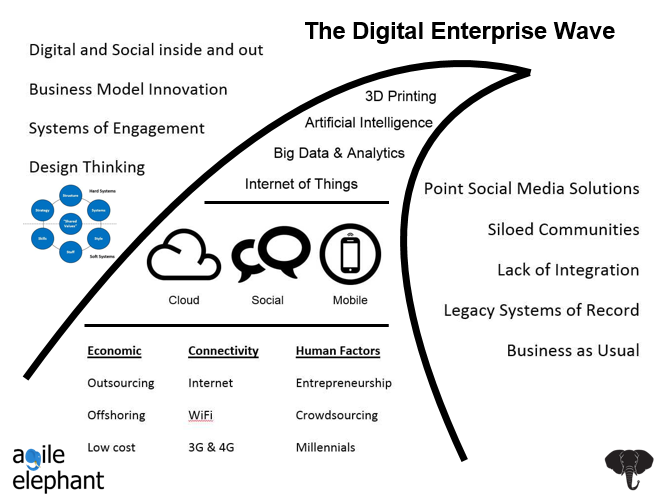
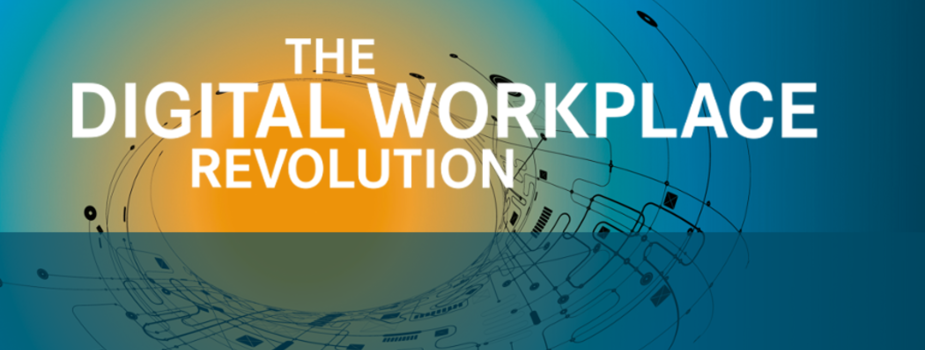





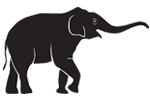

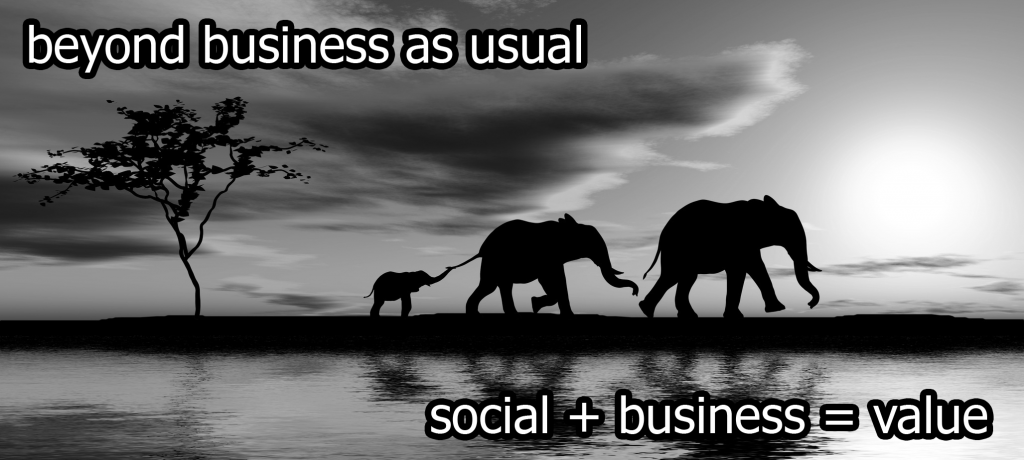
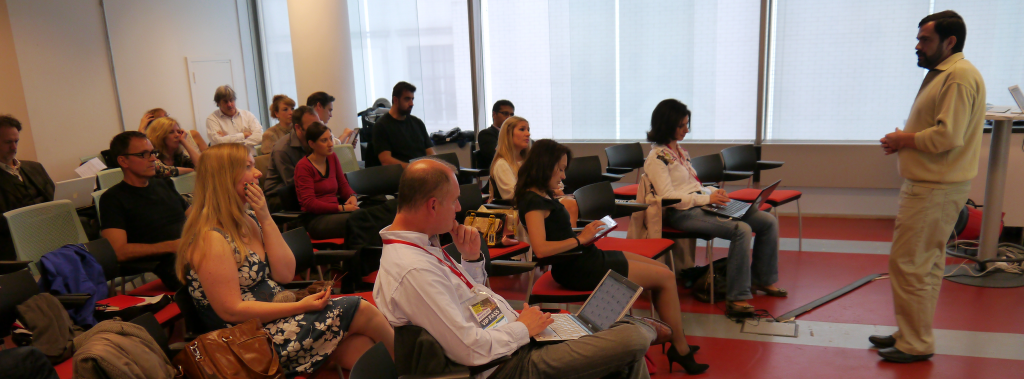
 Finally, I just want to add that the vibe in the room during the afternoon was a bit special, a bit different, and the discussion at the end of each talk was lively and productive. We all enjoyed it, and I’d like to thank our friends at
Finally, I just want to add that the vibe in the room during the afternoon was a bit special, a bit different, and the discussion at the end of each talk was lively and productive. We all enjoyed it, and I’d like to thank our friends at